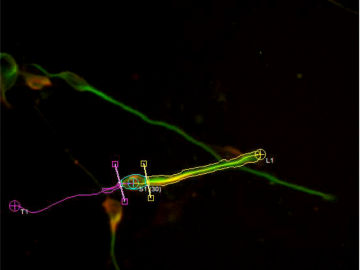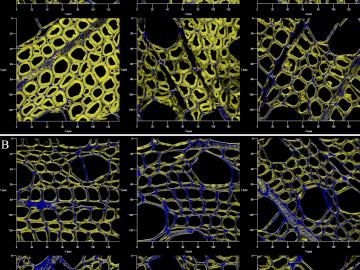
Filter News
Area of Research
News Type
Date
Media Contacts
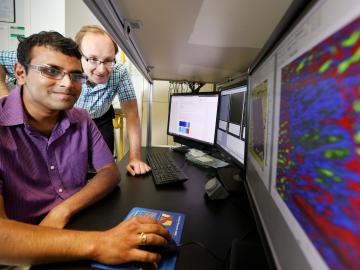
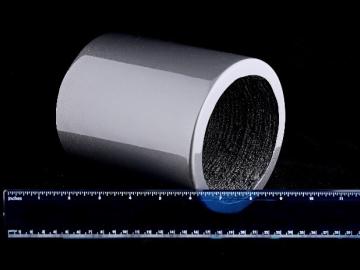
Dallas-based Momentum Technologies has non-exclusively licensed Oak Ridge National Laboratory’s 3D-printed magnet technology and plans to commercialize the first 3D-printed magnet made from recycled materials. ORNL has demonstrated that 3D-printed magnets can outperform those created ...
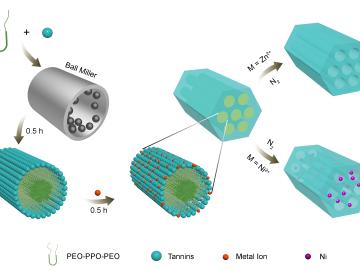
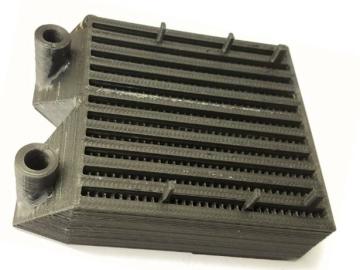
Reducing the energy and water that power plants require to convert heat to electricity could become easier with a novel heat exchanger designed and 3D printed at Oak Ridge National Laboratory. A research team achieved a 500 percent increase in thermal conductivity using a new thermopl...
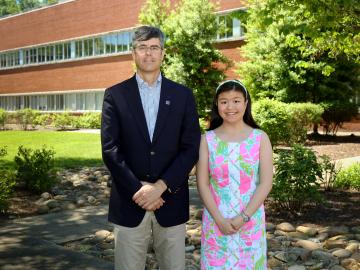

Panos Datskos, a researcher at the Department of Energy's Oak Ridge National Laboratory, has received the 2017 Eric A. Lehrfeld Award from the Society of Photo-Optical Instrumentation Engineers. Datskos is a distinguished scientist and leader of the Energy and Tran...

